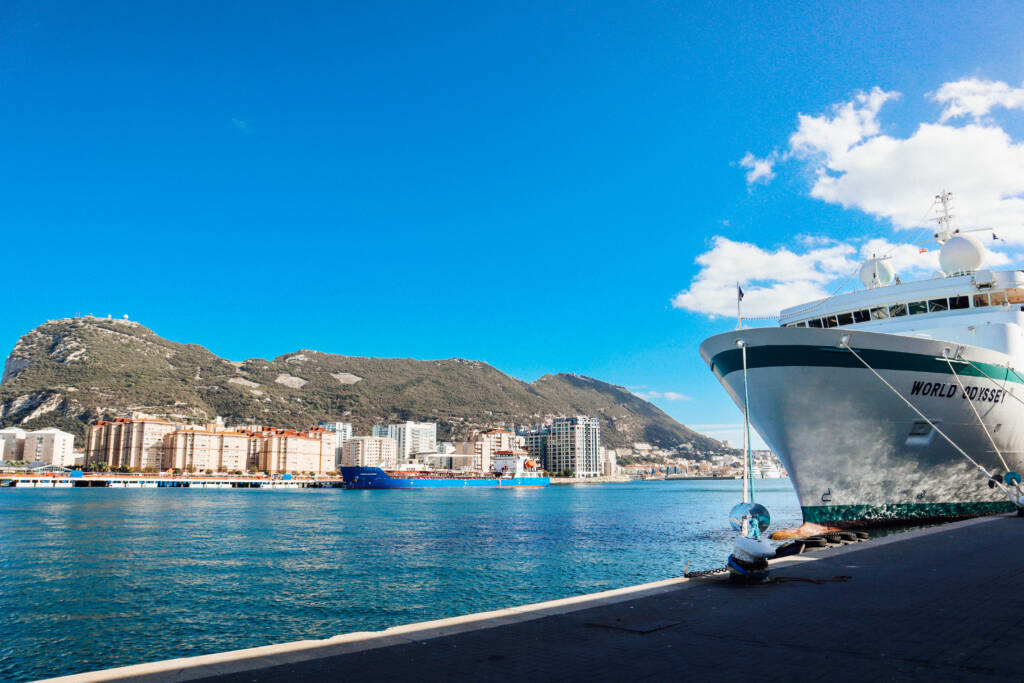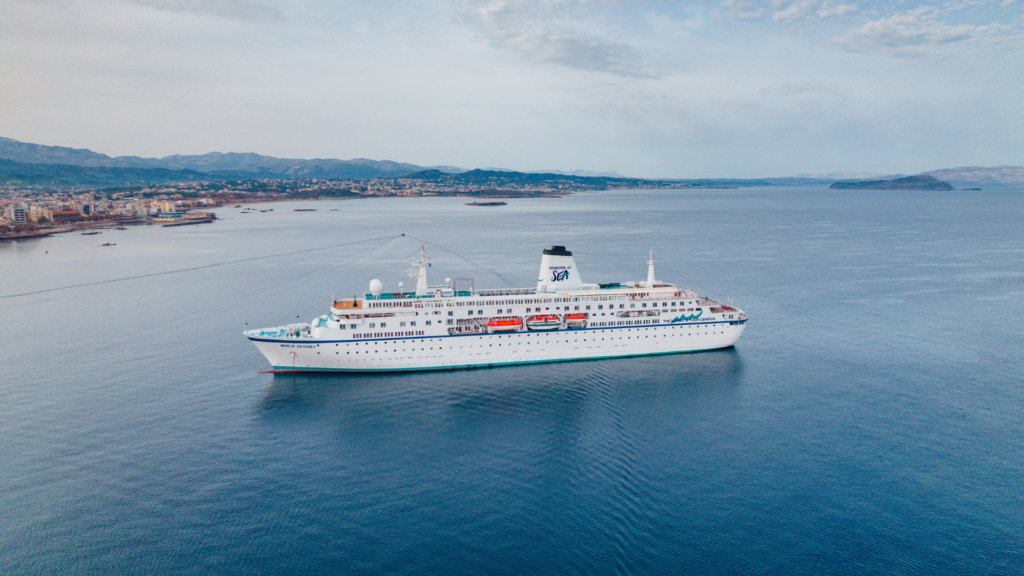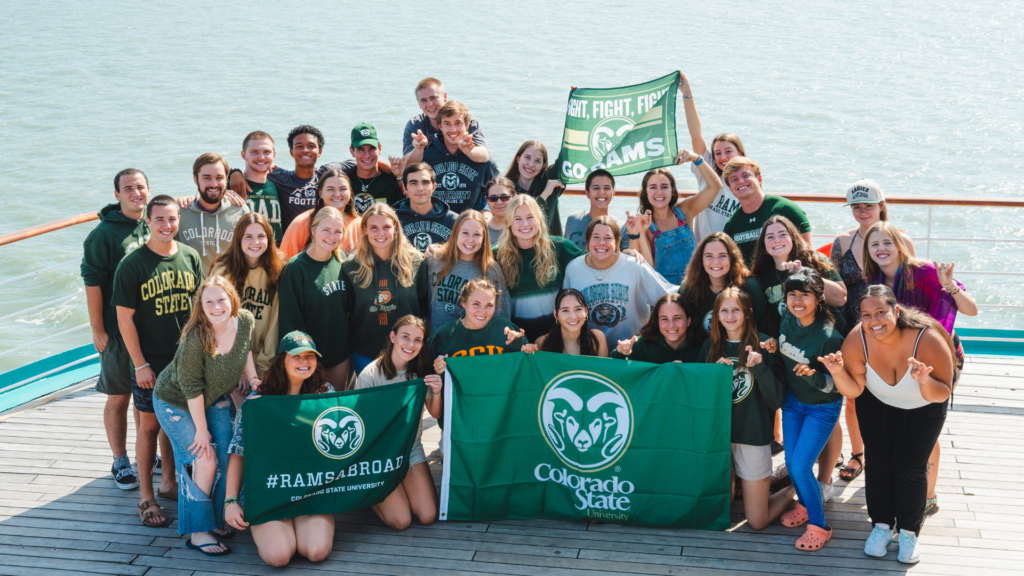The Port of Yokohama, Japan has recently transformed from a small fishing village into an international hub. Professor and Marine Biologist, Stephanie Green, took her Societies in the Sea class on a field lab to explore the changing marine culture throughout Japan, making stops in both Yokohama and Tokyo.
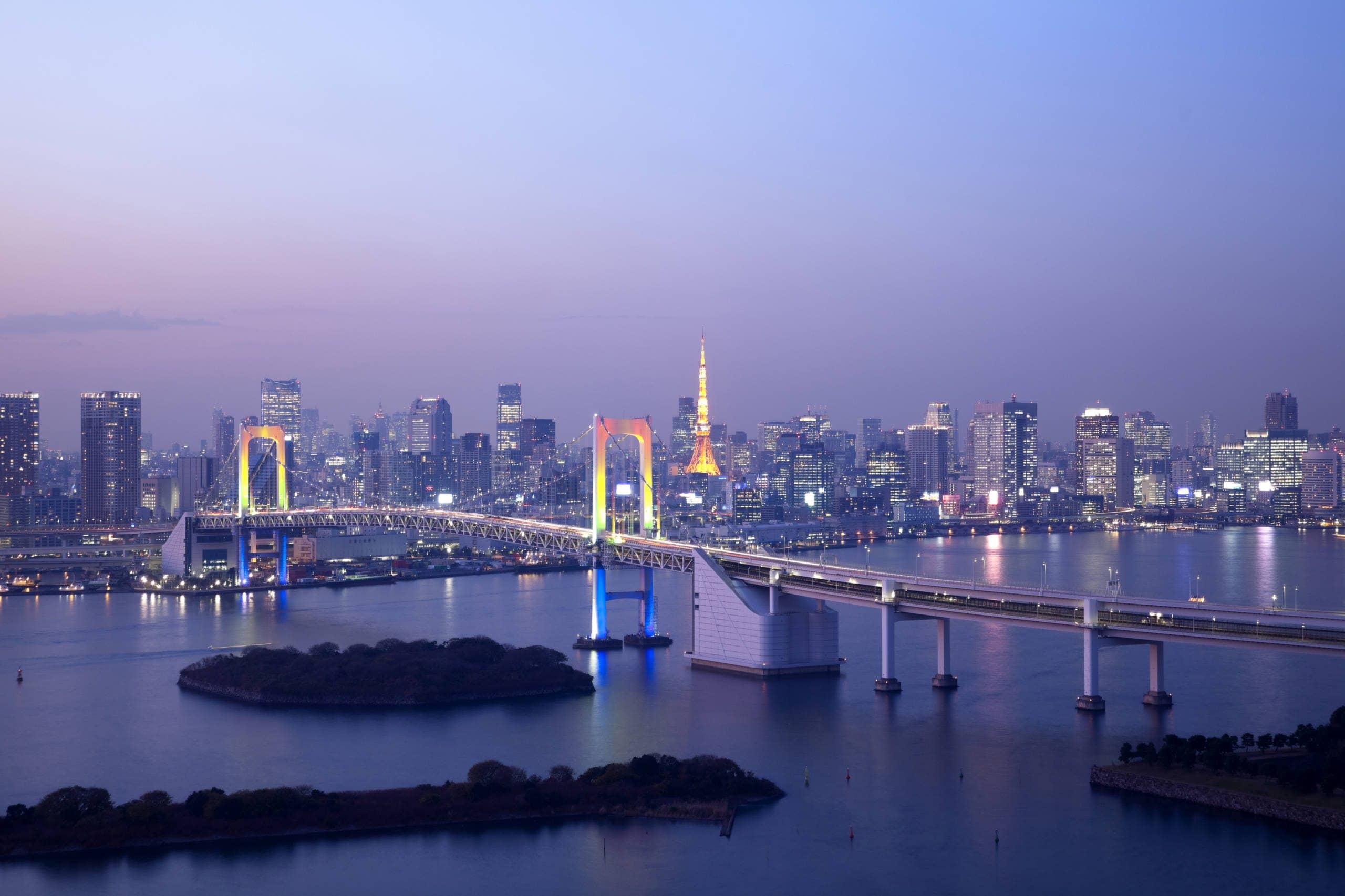
The class started their day with a visit to the Tsukiji Market, the largest wholesale fish and seafood market in the world. Tucked away in a neighborhood outside of downtown Tokyo, students experienced the extensive seafood industry that makes up an integral part of locals’ everyday lives.
Jason Eversoll, a senior from Colorado State University, was surprised to see how all-encompassing of a business and community the fish market is.
“It was interesting to see the backside of the business and then go to the retail side and observe how they compared and worked together,” says Eversoll. “It helped me to better understand the type of business they are running.”
Following the fish market, the class participated in a discussion with a local expert on urban planning and trade. Mr. Toru Hashimoto, Director of the Development Cooperation Department in the City of Yokohama, spoke to the students about his role with Y-PORT, a program delivering knowledge and technology for urban solutions.
“Yokohama was developed as a port but there is a natural seashore that has gradually transformed into an industrial factory area. Through the development of these factories, Yokohama has created a lot of economic wealth for Japan,” says Hashimoto.
Students were given the opportunity to observe first-hand the factories that Hashimoto discussed through a walking tour of the Yokohama waterfront, Port of Yokohama and historic “red building” area.
“I was very surprised to see how industrialized everything was. It was interesting because Mr. Hashimoto was talking about how he wants to make Yokohama more of an attraction zone, not only for people but businesses as well,” says Eversoll.
The class ended the tour with a harbor cruise of Tokyo Bay with experts from the World Bank. Victor Vergara, a Lead Urban Specialist, and Phillip Karp, a Lead Knowledge Management Officer, used their experience to explain to students how they focus on metropolitan growth and urbanization concentrating on coastal regions.
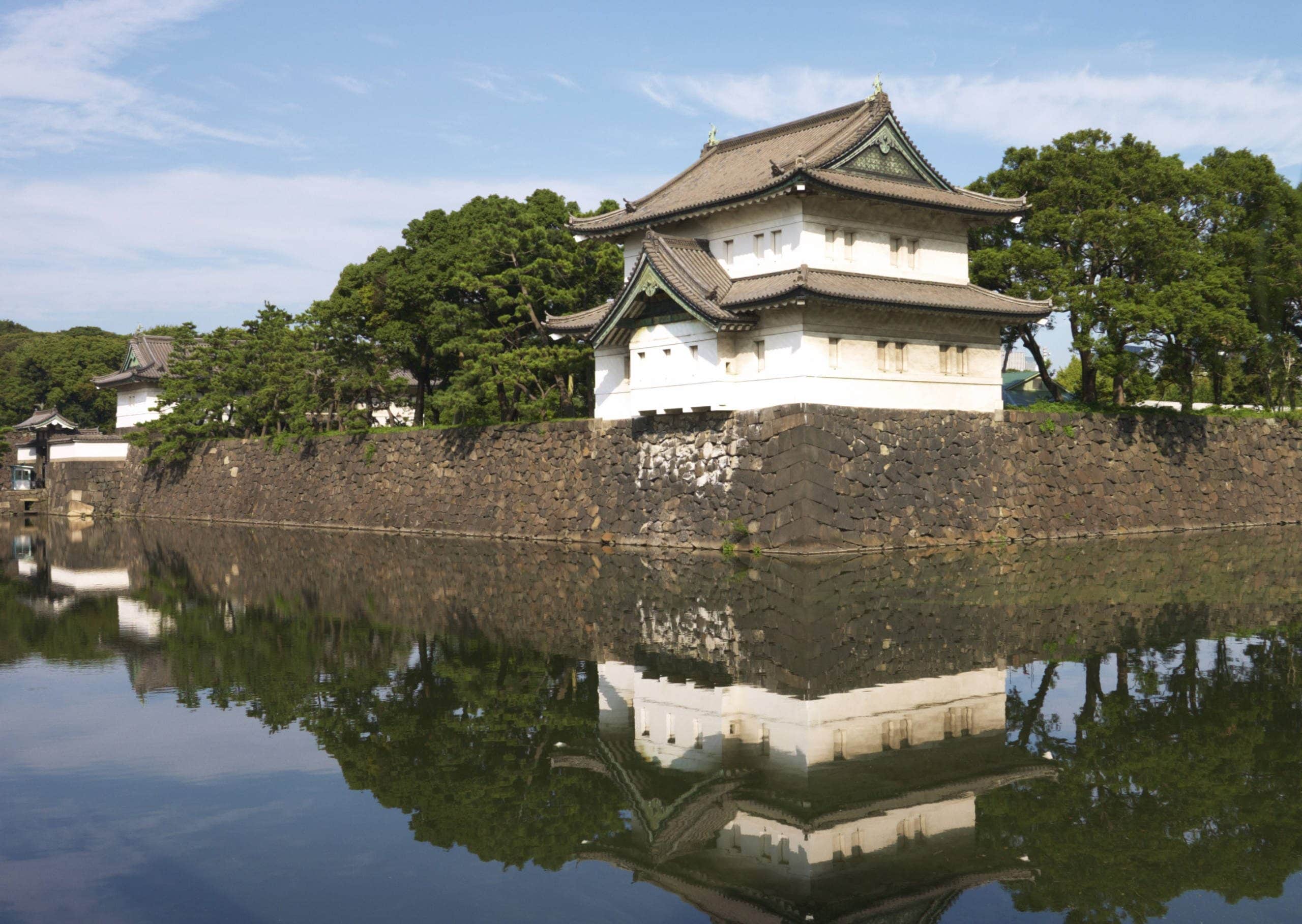
“Africa is urbanizing but it’s not growing, and many of its cities are coastal cities. Contrast Yokohama with Accra and you will see the level of growth in Accra is incredibly fast and this placein two years will be shrinking,” says Vergara.
Eversoll was excited about this chance to relate what he learned from Hashimoto in a real world context.
“The highlight was being able to listen to Toru Hashimoto. It was interesting to hear the direction that Yokohama is going as more of a strategic city and being able to relate that talk to what Victor talked about during the harbor cruise,” says Eversoll. “It would be cool to go back in 20 years to see if there is a difference.”
To conclude the field lab, students were encouraged to reflect on the importance of marine resources to Japanese society and economy. They were also told to observe what role ocean shipping and resource extraction play in the rapid urban development of Yokohama and Tokyo.
